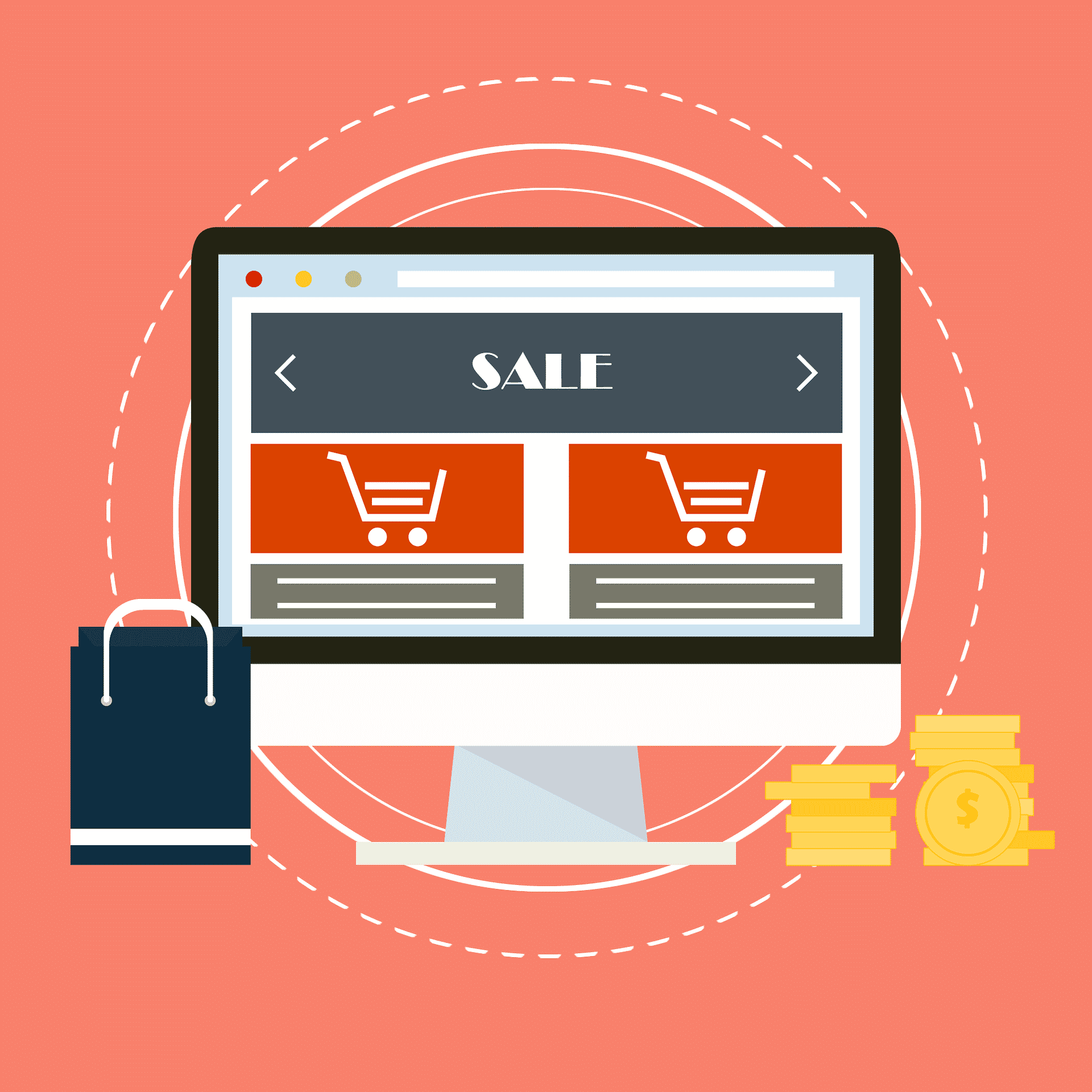
One of the biggest trends for eCommerce lately has been setting up an effective personalization strategy. In recent years the move towards the personalization of the customer experience has created a huge opportunity for eCommerce brands.
The online stores are now able to give their customers exactly what they want, or even things they didn’t know they needed, by utilizing the incredible amount of data collected when a person uses the internet.
Additionally, this allows eCommerce businesses to develop personal relationships with their clients. This helps increasing retention rates and the amount of business they conduct with individual customers.
All of this leads to a drastic increase in sales and profits. The other important aspect is saving the customer’s time from having to find the things they need. In fact, research has found that 80% of customers are more likely to engage with an eCommerce business that offers a personalized experience.
However, getting to that point isn’t so simple. An eCommerce business has to create a good and cohesive personalization strategy and overcome many obstacles along the way.
So, to help you out, today we are going to take a look at some steps that will help you build the most effective personalization strategy for your eCommerce.

Let’s take a look at a good example from recent times to break down the personalization benefits to your business.
As a traditional industry, equipment providers for the oil and gas industry have always relied heavily on on-field sales representatives. There are many reasons for this, one of which is that buying drilling equipment is expensive than buying a book online. The trust factor has been a big driving force behind the lack of adoption of new commerce solutions.
However, in recent years, businesses that sell oilfield equipment have started adopting eCommerce and using the benefits of personalization to its full extent. The companies have come to terms that they can save time & money by adopting personalization online minus the logistics.
Additionally, by using personalization, these businesses are building long-lasting relationships with their customers. Not just that, but it also allows for equipment to be easily purchasable online, reducing downtime in critical situations. For example, buying a tubular for oil rigs used to be a long process that caused a lot of precious time to be lost. Now, these businesses are able to go online, get offered the exact type of tubular they need and get it quickly delivered where it’s needed.
Now, let’s take a look at what you need to do create your own personalization strategy. At the core of any personalization strategy, especially for eCommerce, is the data. This includes two things. Constantly tracking & collecting the data, picking the right metrics & placing key decision making on it.
Building a customer profile is key for any business. With the right demographics data, you set the right foundation for your personalization strategy. There are many tools that can help you with this, most notably Google Analytics. Once you have this information you can optimize your store towards their needs, interests, and patterns of behaviour.
After you’ve been able to establish the basic idea of who your customers are – it’s time to build on that data. Gather feedback and never fail to grab on the opportunity of serving customers better by optimizing.
So much of our interactions in the modern world are being manifested through social media. Add this to a study that social media makes us more honest, expands the plethora of possibilities through social media feedback. For example, you can utilise chats to talk directly to them, ask them questions through posts, or just look around for any public mentions of your company. The insights you accumulate about your customers using this will direct you in a path of building a sustainable & long-lasting relationship with customers.
Now that you know who your customers are and what they want – shift your business towards fulfiling their needs. It’s time to build personal relationships with them individually as well. Welcome the unmatched, email.
By building up an email list, stay closer to your customers & be open to their feedback. Through corresponding with your customer’s with special offers and news based on their purchasing history, they’re a lot more likely to look at what you have to offer.
To stay on top, you should also utilise the potential data you’ve gathered about them to send them personalized birthday cards or to wish them happy holidays. That way the relationship you have with them feel more real and personal, making customers personally invested in your business and less likely to prefer your competitor even when you’re at a price war.
Personalization has become a must-have for every eCommerce business that wants to succeed. It gives you an incredible potential for growth but also makes your clients more engaged with your business, which is exactly what they want. The steps listed here are only the basic ones you should follow when deciding to create a personalization strategy.